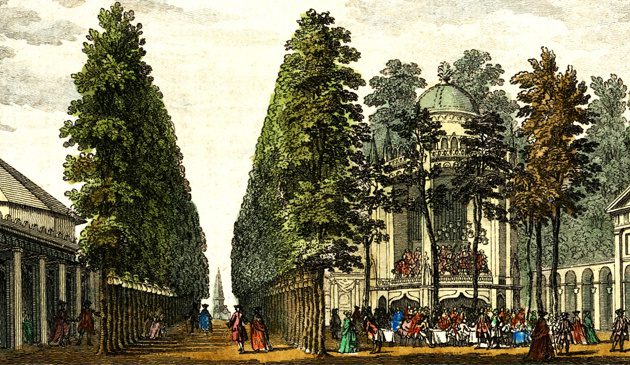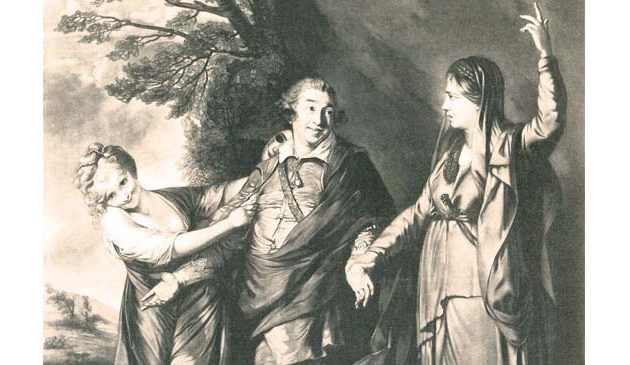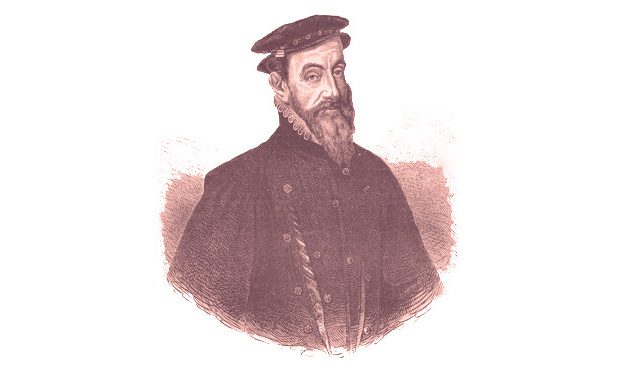Thomas Coram and the Foundling Hospital

The front courtyard of the Foundling Hospital at Bloomsbury. The main building was demolished in the 1920s when the institution moved out of London. The site was purchased by a charity with the help of Lord Rothermere. In the 1930s a new headquarters for the Foundling charity was built on the site and in 2004 it opened as the Foundling Museum. Much of the remainder of the grounds is now the Coram Fields playground (“No adults unless accompanied by a child”), largely enclosed by the original hospital walls and surviving buildings, and administered by an independent charity.
Using the influence and contacts of the governors, 56 acres of Lambs Conduit Fields beyond the edge of London, part of the Earl of Salisbury’s Bloomsbury estate, was purchased for the site of the permanent building. The cost was £7,000, of which the Earl then donated £500 back to the hospital. A competition was held for its design, with the winning entry from Theodore Jacobsen, a retired German businessman and architect who was one of the governors. Jacobsen and the surveyor both provided their services free of charge as did others. Initially it was a plain building consisting of two wings and a chapel around an arcaded courtyard that was open to the south.
Coram had gathered together a prestigious group of men from the upper echelons of society to ensure that the venture could finally proceed, yet to them the bluff and forthright old captain was an oddity. It soon became clear that he was too outspoken in their polite company and he found himself excluded from any of the committees formed to build the hospital. In 1741, at the very time when the first foundlings were being admitted, Coram was ousted from the Board after an argument about nurses. Although no longer part of the management he continued to visit the institution for the remainder of his life, distributing gingerbread and standing as godfather for a number of the children. Coram put his wealth into the Hospital, living a simple life as a neighbour of Hogarth in lodgings at Leicester Fields on a pension provided by his friends. He died relatively poor in 1751, then in his early eighties, and was buried according to his wishes in the vaults beneath the altar chapel at the hospital.
The foundation stone of the new building was laid in 1742 and the first section completed in 1745, with the children moving from Hatton Garden that October. Most of the hospital was functional and austere. The exception was the magnificent Court Room where the governors met, created by a number of artists and craftsmen without charge.
An additional wing was added between 1749 and 1752 so that boys and girls could be housed separately. A picture gallery on the first floor and a chapel and governors’ offices were also incorporated. The chapel was particularly significant, partly paid for by George II, with an organ provided by George Frideric Handel.
The governors succeeded in turning the hospital into a fashionable venue for wealthy members of society, leading to continuous income and donations. Highly sought-after tickets were sold for ‘Ladies’ breakfasts’. Fashionable Londoners came by carriage in their finest clothes, to be seen as much as to view the hospital and its children.
Fund-raising was also helped by the efforts of some of London’s artistic community. In 1740, even before the new building was constructed, Hogarth presented it with a magnificent full-length portrait of Coram. As the building was being constructed he then persuaded another 15 artists and craftsmen to donate pieces to decorate it. As the place filled with such works, members of London’s elite society were attracted to view them, which both encouraged them to donate funds and also commission further work from the artists. Thus, the hospital became Britain’s first public art gallery, which in the following decades led to the formation of the Royal Academy of Arts. As well as the hospital’s coat of arms Hogarth also designed the children’s uniform.
Another of the governors was the music publisher John Walsh and through him the connection was made with Handel. In 1749 the composer conducted the premier performance of his Foundling Hospital Anthem in the chapel and a year later he performed his Messiah to mark the installation of the organ. Such was demand for tickets that a repeat performance took place a fortnight later and Messiah became an annual event, with Handel attending in every year until his death. From 1750 he served as one of the governors.
Between 1756 and 1760 nearly 15,000 children were admitted to the Foundling Hospital. After babies had been accepted they were sent out to be fostered by wet-nurses in the countryside until they were between three and six years old, before returning to Bloomsbury.
Within the hospital itself life was strict. All children wore uniform and followed a regimented daily routine of education, exercise, diet, religion and obedience. Punishment for lack of discipline was restrained and only when authorized. The institution was designed to prepare the foundlings for an adult life as dutiful and hard-working servants, workers or soldiers. It was a tough and monotonous life by modern standards but far superior to what they may have expected had they not been taken in, or for that of their counterparts in workhouses.
The hospital continued on the same site at Bloomsbury until 1926 when it moved to Redhill. The main building was demolished in 1928 but some of Jacobsen’s loggias survive at what is now named Coram’s Fields, a seven-acre site that is occupied by a children’s playground. A new headquarters building for the Foundation was erected in a corner of the old site, at Brunswick Square. The Court Room, Committee Room, Picture Gallery and oak staircase from the old hospital were transferred there, as well as the art collection and various artifacts. The charity continues to operate today as the Coram Family, still caring for the adoption and fostering of children. The Brunswick Square building remains as the museum of the Foundling Hospital and as an art gallery.
Sources include: Jenny Uglow ‘Hogarth – A Life and a World’; John Summerson ‘Georgian London’.
< Back to London People


